Research work during COVID-19
Experimental work during COVID-19 in Multiscale Mechanics and Nanotechnology Laboratory
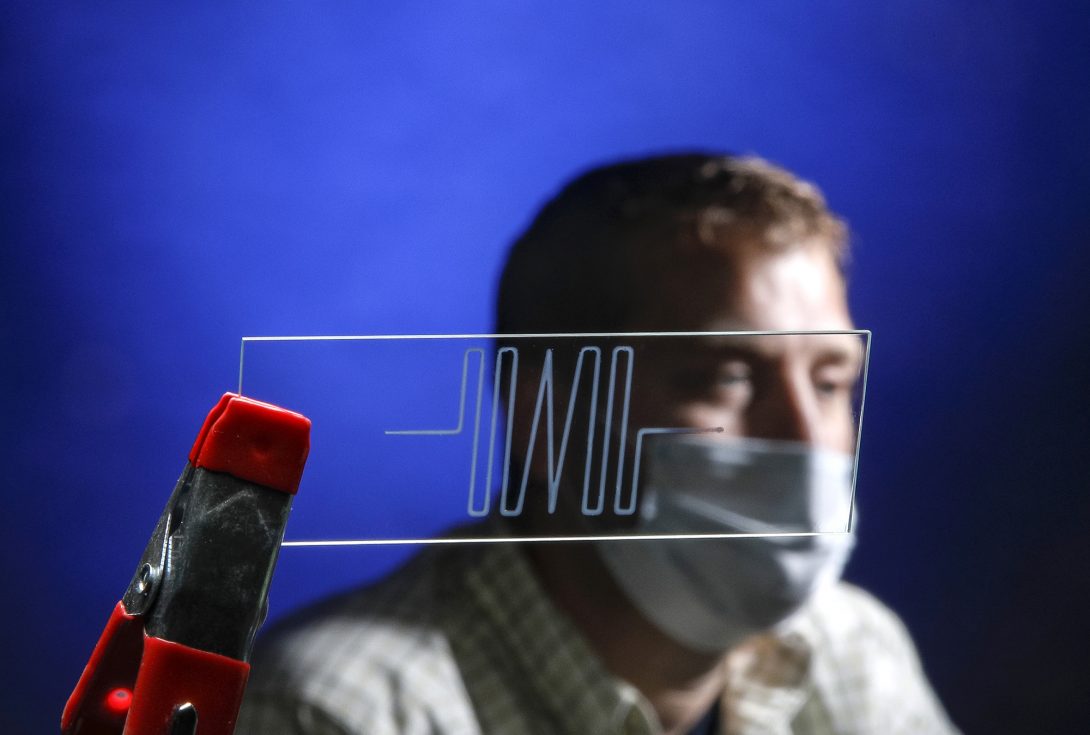
Jevon Plog
PhD student
Research interest: Drop manipulation in 3D Printing; Droplet behavior in strong electric fields; Electro-wetting on dielectric surfaces; Effects of electric field on adhesion
2
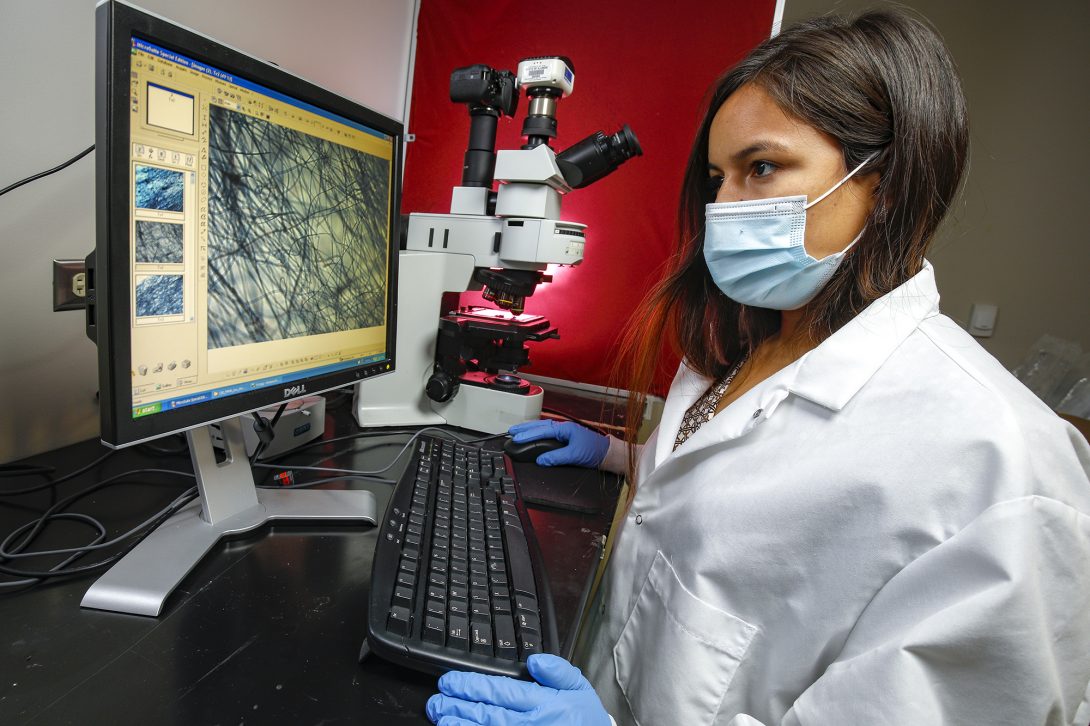
Yasmin Juliane Dias
PhD student
Research interest: Biopolymer nanofibers production, characterization and application.
3
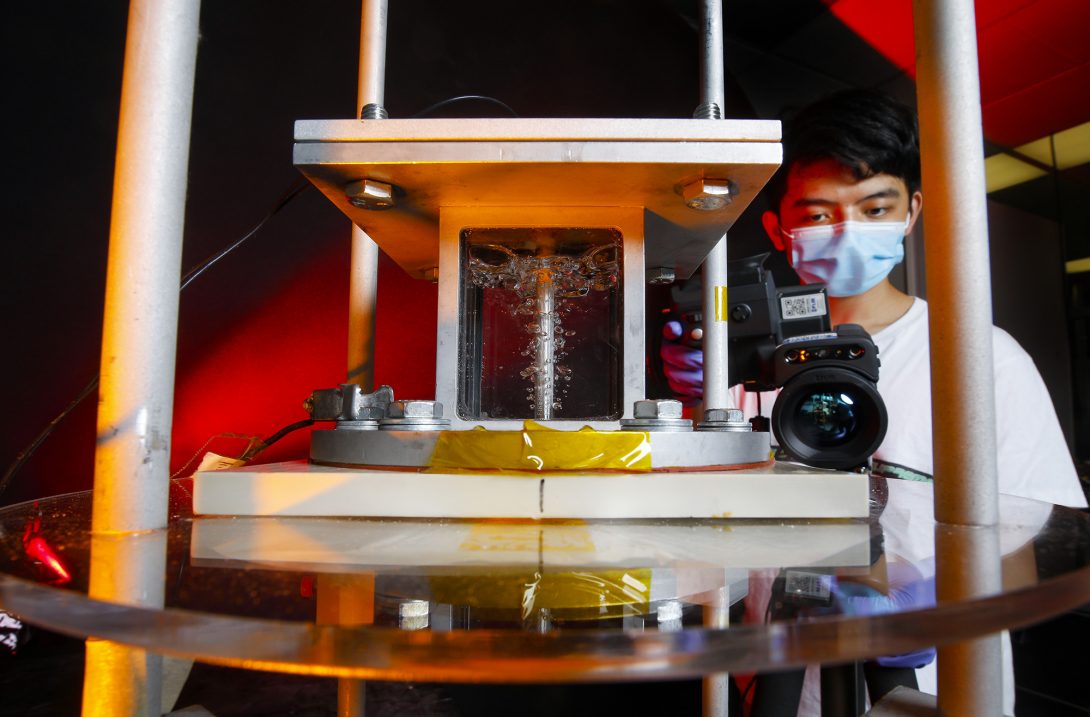
Jingwei Wu
PhD student
Research interest: Pool boiling heat transfer; Bubble departure phenomenon.
4
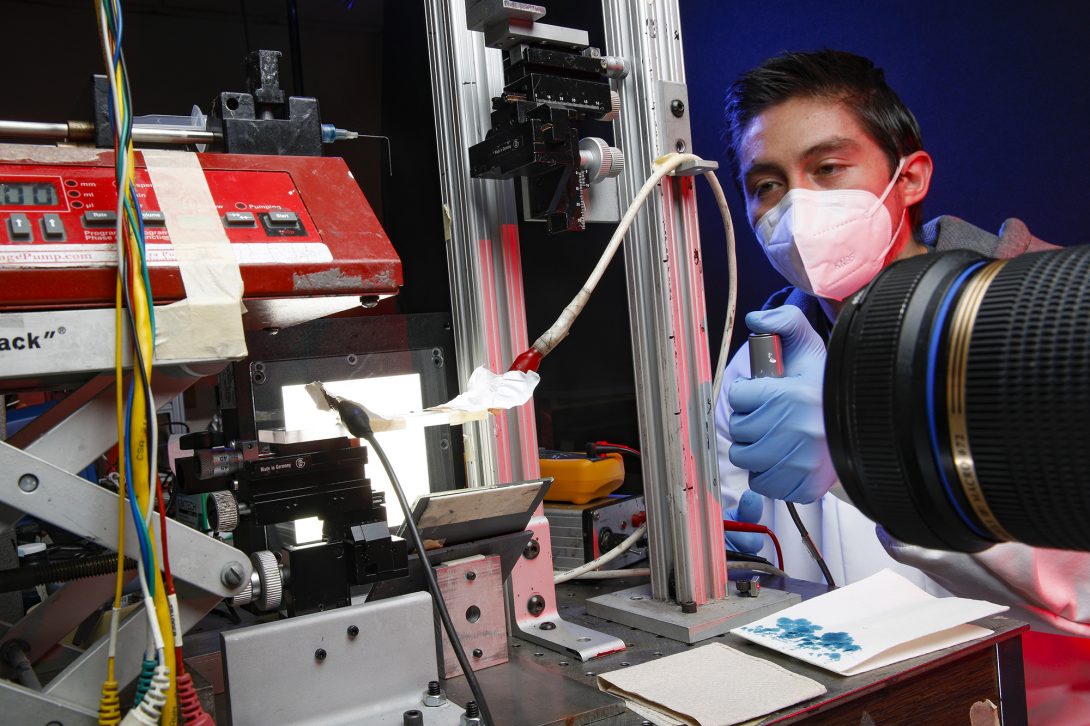
Rafael Granda
PhD student
Special project during COVID-19
During this pandemic, our teams cooperated with UIC’s College of Density and developed a special measure to protect patients against the inhalation of aerosols generated by some of the essential tools used by dentists, by mixing the water with a small amount of an FDA-approved food additive called polyacrylic acid. The experiments demonstrated in the lab and in the dental clinic showed how the polymer suppressing aerosolization and preventing them from becoming airborne. This work has been published on Physics of Fluids as the following and reported in several news.
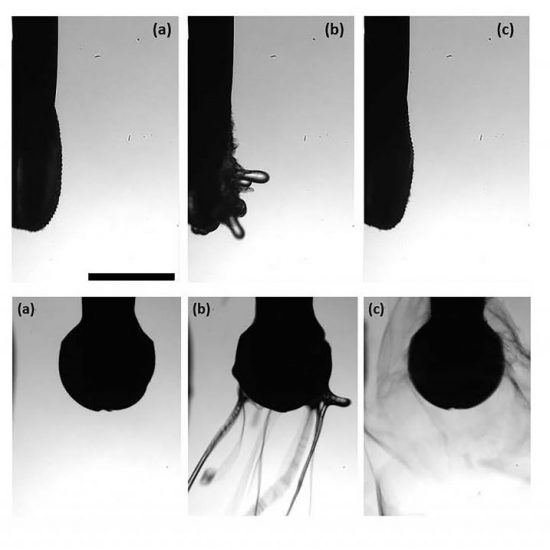
Reopening dentistry after COVID-19
Authors
Jevon Plog, Jingwei Wu, Yasmin J. Dias, Farzad Mashayek, Lyndon F. Cooper, and Alexander L. Yarin
The aerosol transmissibility of severe acute respiratory syndrome coronavirus 2 (SARS-CoV-2) has impacted the delivery of health care and essentially stopped the provision of medical and dental therapies. Dentistry uses rotary, ultrasonic, and laser-based instruments that produce water-based aerosols in the daily, routine treatment of patients. Abundant aerosols are generated, which reach health care workers and other patients. Viruses, including SARS-CoV-2 virus and related coronavirus disease (COVID-19) pandemic, continued expansion throughout the USA and the world. The virus is spread by both droplet (visible drops) and aerosol (practically invisible drops) transmission. The generation of aerosols in dentistry—an unavoidable part of most dental treatments—creates a high-risk situation. The US Centers for Disease Control and The Occupational Safety and Health Administration consider dental procedures to be of “highest risk” in the potential spreading of SARS-CoV-2 and other respiratory viruses. There are several ways to reduce or eliminate the virus: (i) cease or postpone dentistry (public and personal health risk), (ii) screen patients immediately prior to dental treatment (by appropriate testing, if any), (iii) block/remove the virus containing aerosol by engineering controls together with stringent personal protective equipment use. The present work takes a novel, fourth approach. By altering the physical response of water to the rotary or ultrasonic forces that are used in dentistry, the generation of aerosol particles and the distance any aerosol may spread beyond the point of generation can be markedly suppressed or completely eliminated in comparison to water for both the ultrasonic scaler and dental handpiece